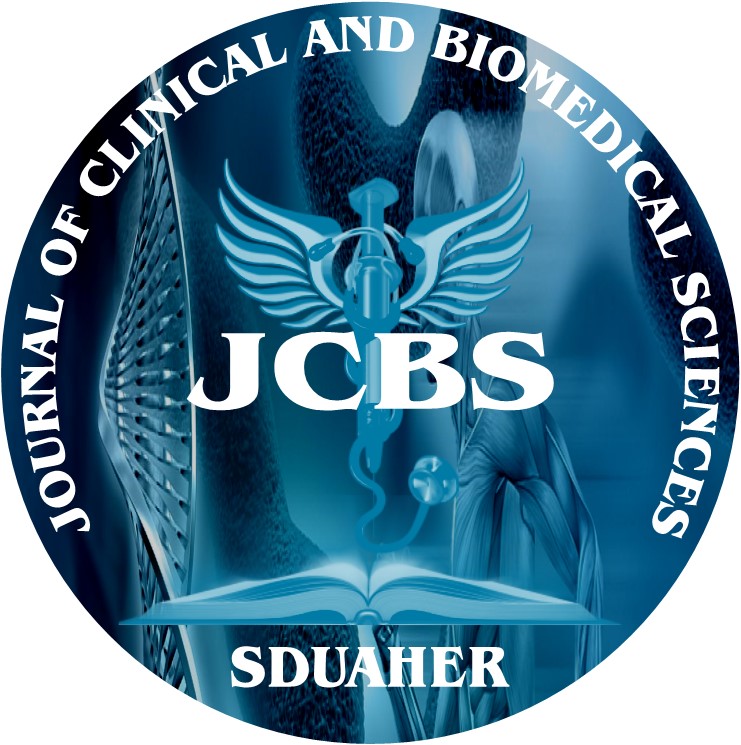


Journal of Clinical and Biomedical Sciences
DOI: 10.58739/jcbs/v13i4.23.47
Year: 2023, Volume: 13, Issue: 4, Pages: 126-129
Case Report
Rajashekar T S1, Suresh Kumar K2, Bv Vaishnavi3, Swathi P V3, Akshata Y S4, Harihara S4, Hanumanthayya K5*
1Professor & HOD, Department of Dermatology, SDUMC, Tamaka, Kolar, Karnataka, India
2Associate Professor, Department of Dermatology, SDUMC, Tamaka, Kolar, Karnataka, India
3Senior Resident, Department of Dermatology, SDUMC, Tamaka, Kolar, Karnataka, India
4Junior Resident, Department of Dermatology, SDUMC, Tamaka, Kolar, Karnataka, India
5Professor, Department of Dermatology, SDUMC, Tamaka, Kolar, Karnataka, India
*Corresponding Author
Email: [email protected]
Received Date:26 August 2023, Accepted Date:13 December 2023, Published Date:28 December 2023
Albinism is a common hereditary condition characterized by the absence or reduction of melanin production in melanocytes, resulting in the distinctive white appearance of the skin, hair, and eyes. The complex process of melanin production involves the tyrosinase enzyme, copper, tyrosine (phenylalanine), and is under genetic control. Ocular albinism, primarily affecting the eyes, is X-linked and presents with varying amounts of melanin in the hair and skin. However, some individuals exhibit a complete absence of melanin in the skin, eyes, and hair, which is transmitted as an autosomal recessive trait. The incidence of albinism varies across populations, with a higher prevalence observed in regions with darker skin tones, such as Africa, where the incidence is approximately 1 in 200 individuals. In contrast, in regions with predominantly light-colored skin, like Europe, albinism is less prevalent, affecting approximately 1 in 2000 individuals. India, with its diverse population, presents a unique context, making individuals with albinism easily noticeable. Exposure to sunlight can lead to sunburn and photophobia, further limiting their daily activities and livelihoods. In this case series, we present five cases of albinism within a single family, highlighting the challenges they face in their daily lives, including the avoidance of outdoor activities due to sun sensitivity. The psychological schemas of experiencing feelings of shyness, embarrassment, and social withdrawal due to the heightened visibility of their condition were discussed in focused group discussion. This case series underscores the importance of understanding and addressing the unique social and healthcare needs of individuals and families affected by albinism in diverse global contexts.
Keywords: Albinism, Melanocyte, Melanin, Tyrosinase, OA (ocular albinism), OCA (Oculocutaneous Albinism)
This is an open-access article distributed under the terms of the Creative Commons Attribution License, which permits unrestricted use, distribution, and reproduction in any medium, provided the original author and source are credited.
Published By Sri Devaraj Urs Academy of Higher Education, Kolar, Karnataka
Subscribe now for latest articles and news.